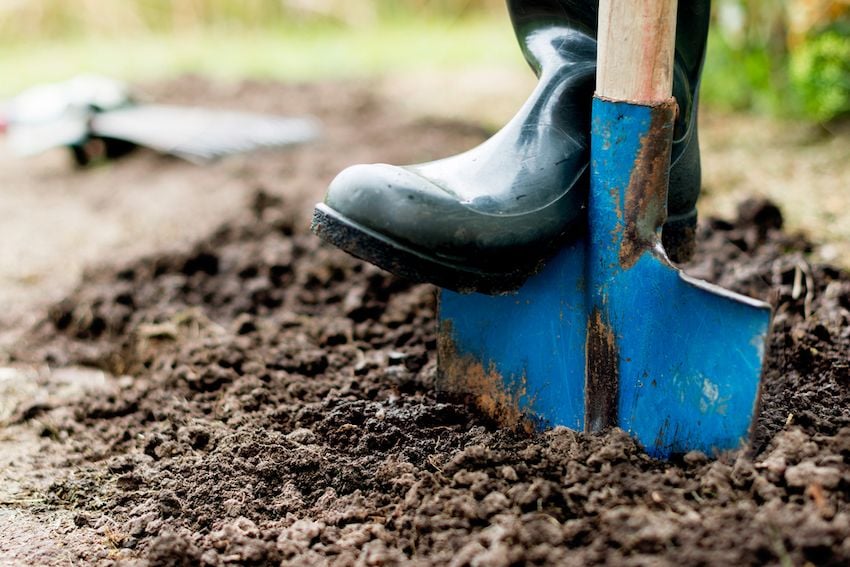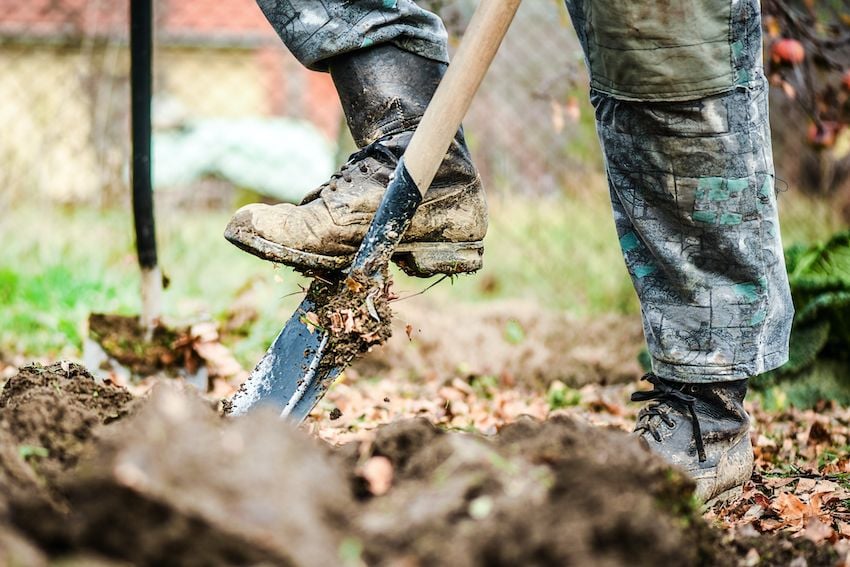This piece is co-authored by Dr. Lindsay Jenkins, Urbint VP of Strategy and Technical Operations, and Kyle VanLandingham, Director of Customized Solutions for Texas811.
The stay-at-home orders issued to mitigate the spread of COVID-19 have resulted in unplanned challenges for the utilities and midstream asset operators responsible for protecting critical infrastructure. Not only are utilities operating with strained resources as the pandemic impacts their workforces and their customers, but at the same time, the threats to energy infrastructure have only increased with construction and homeowner excavations on the rise. In fact, Texas811 data shows that there were 8.3 percent more damages to underground energy infrastructure in April 2020 than in April of 2019, and damage rates have been climbing month-over-month since the start of the pandemic.
And when a damage to an underground asset could cripple a medical facility on the front lines of the coronavirus fight, damage prevention has never been more critical. Utilities around the country are stepping up during these extraordinary times, but tackling a challenge of this magnitude requires more than hard work; it requires new approaches and new technology.
Third-Party Damage Risk is Rising
Commercial construction is accelerating. From the start of the pandemic, most states have deemed construction an essential service and have allowed operations to continue with protective measures in place. Cities, states, and contractors are taking advantage of empty highways, streets, and business districts to accelerate work. Utilities across the nation have reported similar if not increased volumes of 811 tickets compared to last year due to the increase in construction and maintenance activity.
Locate requests in Texas (requests for the utility to come out and mark underground assets like power and gas lines at worksites) were up 18 percent from April to May as work accelerated across the state. The rise in roadwork and other construction during the pandemic has been significant.
The uptick is not limited to construction sites but extends to the home as well. The packed parking lots of home improvement stores are a stark contrast to empty streets and business districts. People sheltering in place are taking advantage of the increased time at home and warm weather to tackle “do it yourself” home improvement and landscaping projects. Between March 23, when the Texas stay-at-home orders went into effect, and May 15, homeowner online ticket submissions to Texas811 were up 140 percent—indicating a massive rise in homeowner digging projects.
In fact, data from Foursquare indicates that foot traffic to home improvement stores was up 26 percent from the weeks of February 19 to March 20. Homeowners are historically less likely to call 811 prior to embarking on projects than professional excavators are, and utilities around the country are bracing for a spike in unsafe digging.
The Stakes Could Not Be Higher
The increase in both heavy civil construction and DIY projects is increasing the risk of third-party damage to gas, electrical, water, and telecommunications assets at a time when the consequences of damage are at their peak. Third-party damage can impact infrastructure critical to the COVID-19 response including hospitals, fire stations, and emergency dispatch centers. With hospitals already overwhelmed, medical professionals and staff cannot afford to manage evacuations and service disruptions due to gas leaks or service outages. A damage to the wrong asset could cut off power to a hospital, costing lives.
When a construction crew digging a foundation—or even a homeowner putting in a fencepost—hits a gas line, first responders are often called in to support utility workers to investigate the leak, evacuate the area, and control traffic, so the utility can shut off the gas and repair the line. At a time when first responders are doing everything they can to save lives from the virus, they should not be forced to divert time and risk exposure responding to preventable emergencies.
Although much has changed in our lives with the onset of the pandemic, damage prevention is more important than ever. Public awareness campaigns can make a meaningful impact on encouraging excavators to call 811 and employ safe digging practices.
But damage prevention is about more than calling 811 and the utility coming out to mark underground infrastructure. Utilities need to have robust systems in place to understand which of the millions of 811 tickets they receive are the riskiest, if they want to target interventions to stop the most possible damages given limited resources, and save lives.
The Role of Technology
Damage prevention is extremely difficult even in the best of times. Tackling the challenge with decreased resources in a time of increased risk can seem impossible. To adapt, utilities need to accelerate their adoption of advanced technologies, including predictive artificial intelligence (AI), that allow them to assess risk and send workers where the danger to the community is highest.
We're seeing utilities across the country leveraging AI to assign risk scores to 811 tickets in order to guide their damage prevention efforts. They are even able to use these new tools to analyze the consequence of a damage—giving them a precise understanding of whether a specific dig runs the risk of a catastrophic outcome like knocking out power to a hospital or nursing home.
Utility companies don’t always get proper credit for the vital work they do to provide Americans with the heat, power, water, and communications we all need to live our lives, but during this pandemic, a society stuck at home is waking up to their importance. Utilities are front-line workers in the battle to keep homes, emergency facilities, and critical infrastructure working so that society can fight this virus. With damage prevention moving into the spotlight, utilities must innovate to rise to the occasion.
Watch the video "AI for damage prevention: acute prioritization during COVID-19" to learn more about how AI can reduce damages.

